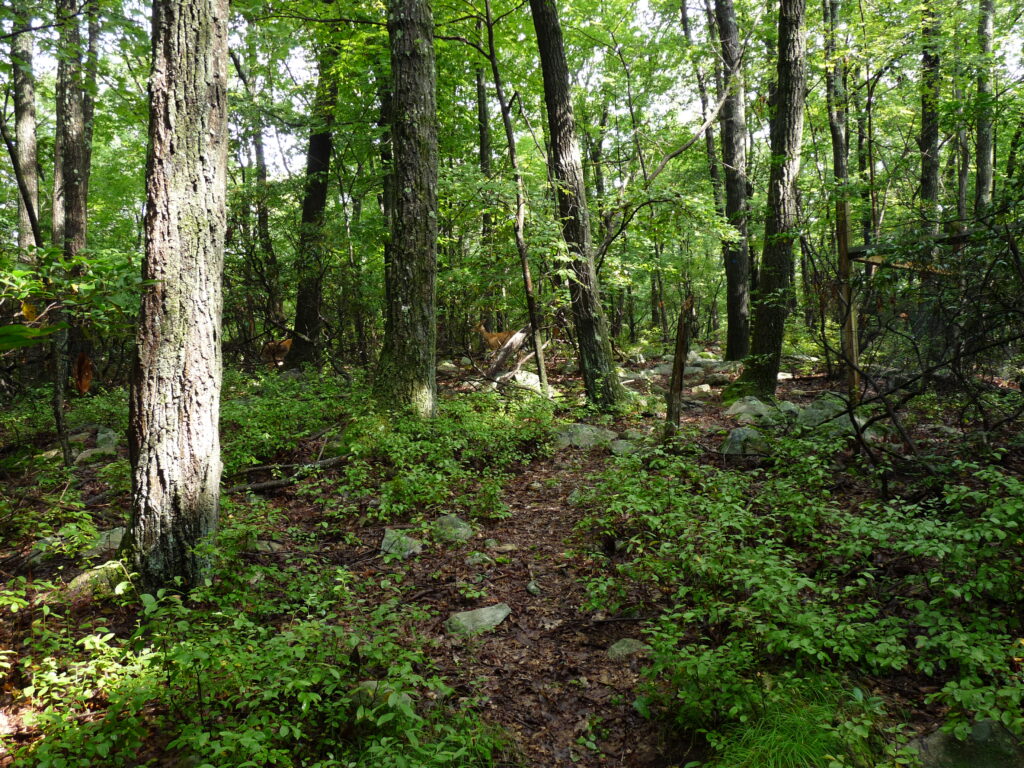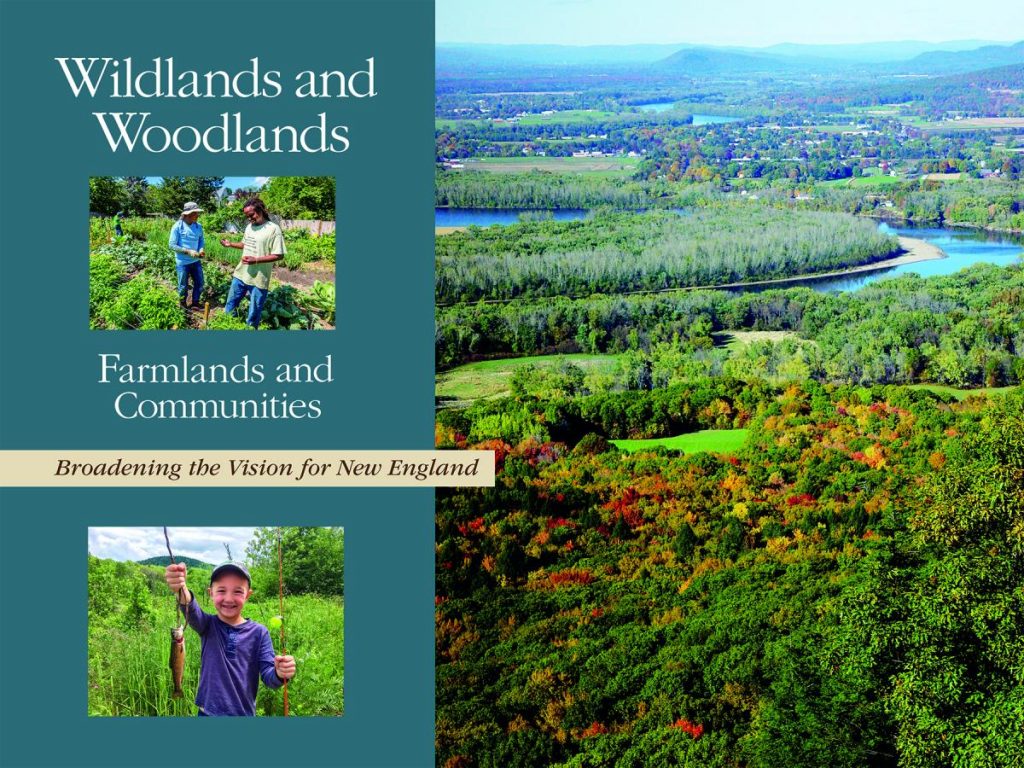New England’s rural forests and its urban greenspaces are comprised of one of the region’s most treasured and historically important natural resources—trees. In a recent episode of Connecticut Public Radio’s Disrupted podcast, host Dr. Khalilah L. Brown-Dean interviews three leaders who share how trees are vital to our well-being and future. The segments feature Drew Goldsman, Urban Conservation Director for the Connecticut chapter of The Nature Conservancy; Caroline Scanlan, GreenSkills Manager for Yale’s Urban Resources Initiative; and David R. Foster, Senior Conservationist at Harvard University’s Harvard Forest and President and Board Chair of Highstead.
Goldsman points to the fact that unequal access to forests and trees means a select few enjoy their benefits. He emphasizes the vital connection that urban communities and individuals have with their natural resources, like trees, and how it’s critical to support community leaders in overcoming barriers to access, including, “Making sure we’re finding those partnerships with affordable housing partners, in general, city government, to ensure that this is considered a vital city service along with transit, housing, lead abatement—this all has to be a part of an investment in community health.”
But we actually are converting twenty-four, twenty-five thousand acres of land a year across New England to asphalt and to backyards. That’s the single most intensive and most damaging impact because it eliminates the forest, it releases carbon dioxide, and it prevents future forests from taking that in and providing all the other benefits.
David R. Foster
In New Haven, the Urban Resources Initiative (URI), part of the Yale School of the Environment, has collaborated with city officials to increase the urban tree canopy since 1991. Scanlan shares how their tree planting mission has expanded by centering the importance of trees and respecting the connection that communities have with the land. In addition, they partner with landowners and renters and increase the number of people participating in urban forestry by partnering with local high schools and EMERGE Connecticut to connect those with barriers to employment, like formerly incarcerated people, with work opportunities. She says, “It’s really been an opportunity for URI to reach so many folks in New Haven, to grow our own community and network, and to have voices and advocates for local urban forestry efforts.”

On a regional scale, Highstead Board President and Harvard Forest Senior Conservationist, David. R. Foster discusses the impact of climate change in the Northeast and the impacts on New England’s rural forests. As co-author of the 2017 Wildlands & Woodlands (W&W) report, he shares some of the detailed suggestions for what the region needs to do to avoid further forest loss, which is currently at the rate of 24,000 lost acres annually. He discusses how climate change affects our region differently.
“In general, in New England, as the temperatures warm, our seasons will get longer. With more carbon dioxide in the atmosphere, ironically our trees grow better… But we actually are converting twenty-four, twenty-five thousand acres of land a year across New England to asphalt and to backyards. That’s the single most intensive and most damaging impact because it eliminates the forest, it releases carbon dioxide, and it prevents future forests from taking that in and providing all the other benefits.”
Foster’s focus remains on deforestation—the clearing of forests and converting of these areas to other landcover like asphalt or buildings—and on reversing the degradation of forests by intensive harvesting, especially in northern New England. He states that landowners, municipalities, states, and individuals all have an essential role in protecting forests and working toward the Wildlands & Woodlands suggested goal of conserving 30 million acres or 70% of our forested land by 2060.
